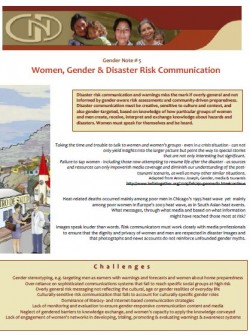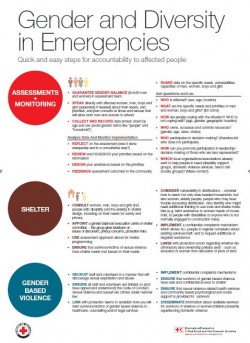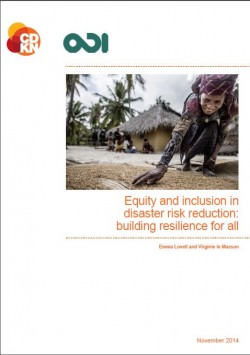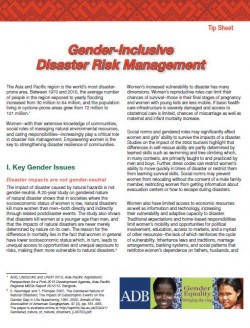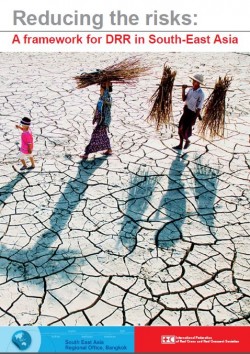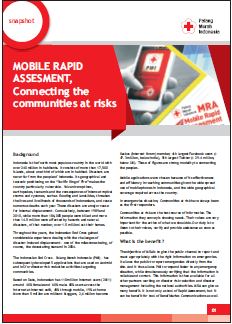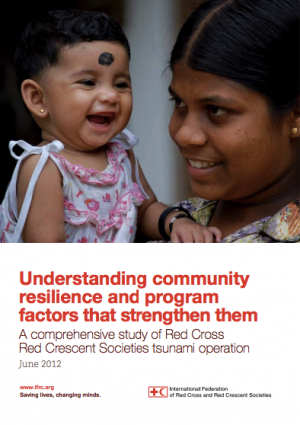Purpose
This note looks at the importance of gender in disaster risk communication. It provides a brief overview of Save the Children’s gender-targeted communication strategy in two Cuban communities.
Overview
- Disaster risk communication and warnings miss the mark if overly-general and not informed by gender-aware risk assessments and community-driven preparedness. Disaster communication must be creative, sensitive to culture and context, and also gender-targeted, based on knowledge of how particular groups of women and men create, receive, interpret and exchange knowledge about hazards and disasters. Women must speak for themselves and be heard.
- Women’s and men’s daily lives revolve around social networks, roles and relationships that make a difference to disaster risk communicators.
- Men’s higher tolerance of risk calls for male-focused communication and awareness strategies. Gender norms shaping risk perception and risk tolerance may be a barrier to potentially life-saving information for boys, male youth and adult men about hazards to which they are especially exposed.
- Gender-based and cultural barriers limit women’s access to vital information. The “digital divide” in access to, and control over, computers and the internet is still a barrier to reaching women in many parts of the world.
Usage: Guidance for project implementation
Audiences: Communication staff
Reference: Gender and Disaster Network. (October 2009). Women, gender and disaster risk communication. Gender Note #5. Pp. 1-4. Available from: https://www.gdnonline.org/resources/GDN_GenderNote5_RiskCommunication.pdf. [Accessed: 19th September 2015].
![]()


